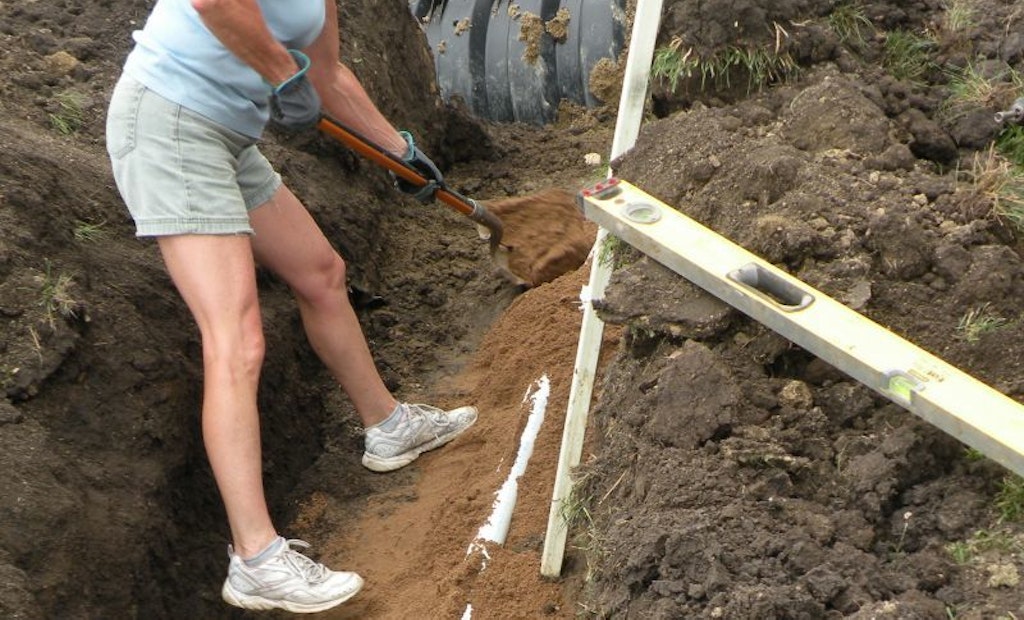
In a previous discussion I indicated the best way to avoid freezing in septic lines is to properly slope and bed the piping. However, in the climate where I live, temperatures routinely fall well below zero for extended periods so there are situations where additional insulation...





